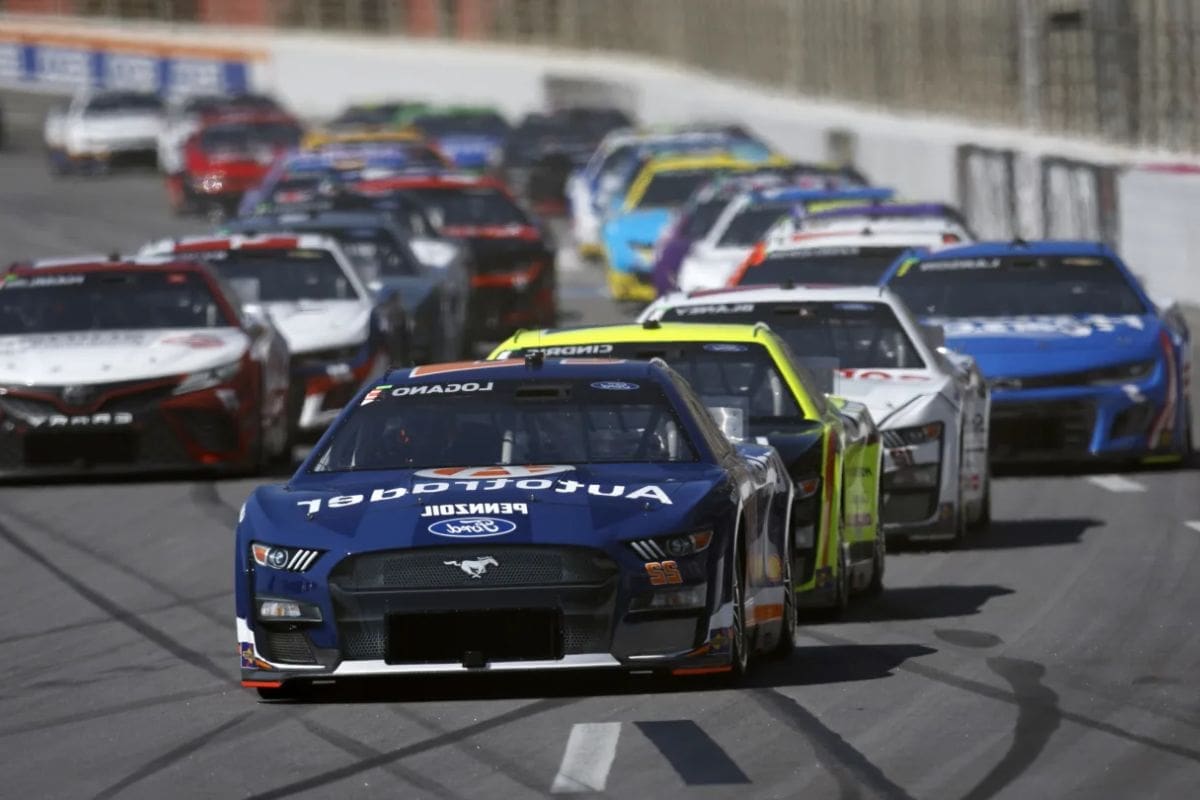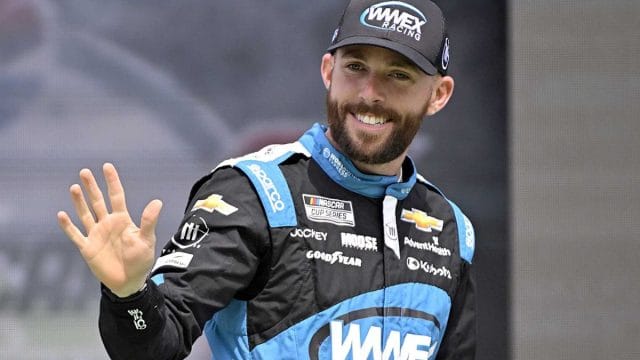NASCAR No-Practice Rule: As NASCAR continues to navigate the challenges of the 2021 season, one controversial rule change has sparked debates within the racing community: the elimination of practice sessions at superspeedway events for Cup Series drivers.
While the intention behind this decision was to streamline race weekends and create a more level playing field, concerns have been raised about the potential consequences of this lack of track time, particularly on high-speed tracks where split-second decisions can mean the difference between victory and disaster.
How will this gamble on preparation impact the drivers’ performance when every move counts?
NASCAR’s Unconventional Rule for Superspeedways: No Practice for Cup Series Drivers
In a departure from traditional pre-race procedures, NASCAR has introduced an unconventional rule specifically for superspeedway events, mandating that Cup Series drivers abstain from participating in any practice sessions leading up to these highly competitive races. This decision stems from safety concerns, with officials noting the heightened emphasis on drafting strategies during superspeedway races.
The rationale behind this rule change lies in the observation that drivers primarily engage in drafting maneuvers during these events, diminishing the perceived benefits of traditional practice sessions. Additionally, there is a worry that extensive practice could potentially escalate the risk of large-scale incidents, prompting officials to prioritize safety by limiting on-track activity before these races.
This no-practice rule also influences team communication, race day adjustments, and introduces an element of performance unpredictability, as drivers must rely on their skills and adaptability during the race itself without the usual practice sessions to fine-tune their setups.

Pros and Cons of the No-Practice Rule: A Level Playing Field?
The implementation of NASCAR’s no-practice rule for superspeedways has sparked a debate within the racing community regarding its impact on creating a more equitable competition environment. With this rule in place, team strategies become crucial as they must rely on simulations and past data to prepare for the race. While larger teams with extensive resources might have an advantage in equipment preparation, smaller teams can now compete on a more level playing field, as all teams enter qualifying and the race with limited information.
The performance impact of the no-practice rule is significant, as drivers must adapt quickly to the track conditions without the opportunity to fine-tune their setups. Driver adaptability becomes a key factor in determining success, with those who can quickly adjust to the race dynamics gaining an edge. This lack of practice also introduces an element of race unpredictability, making outcomes less predictable and adding excitement for fans watching the event unfold.
Driver Dissatisfaction and Rookie Challenges
Driver discontent and the unique hurdles faced by rookie competitors underscore the complexities arising from NASCAR’s no-practice rule on superspeedways.
Team frustrations have been palpable, with drivers like Ross Chastain expressing dissatisfaction over the lack of practice opportunities. This sentiment is particularly strong among smaller teams, who view practice sessions as crucial for performance optimization.
The competitive disadvantage is further highlighted when considering the rookie struggles in skill development. Rookies such as Zane Smith, Carson Hocevar, and Josh Berry are thrust into intense racing situations without the chance to refine their techniques through practice. This absence of skill development sessions not only impacts their performance on race day but also raises safety concerns due to the potential for high-speed mishaps.
As these challenges persist, the long-term performance impact of the no-practice rule on both seasoned drivers and newcomers remains a point of contention within the NASCAR community.

